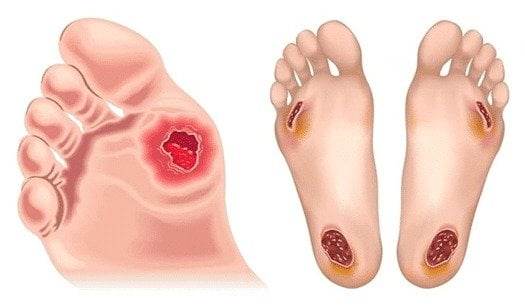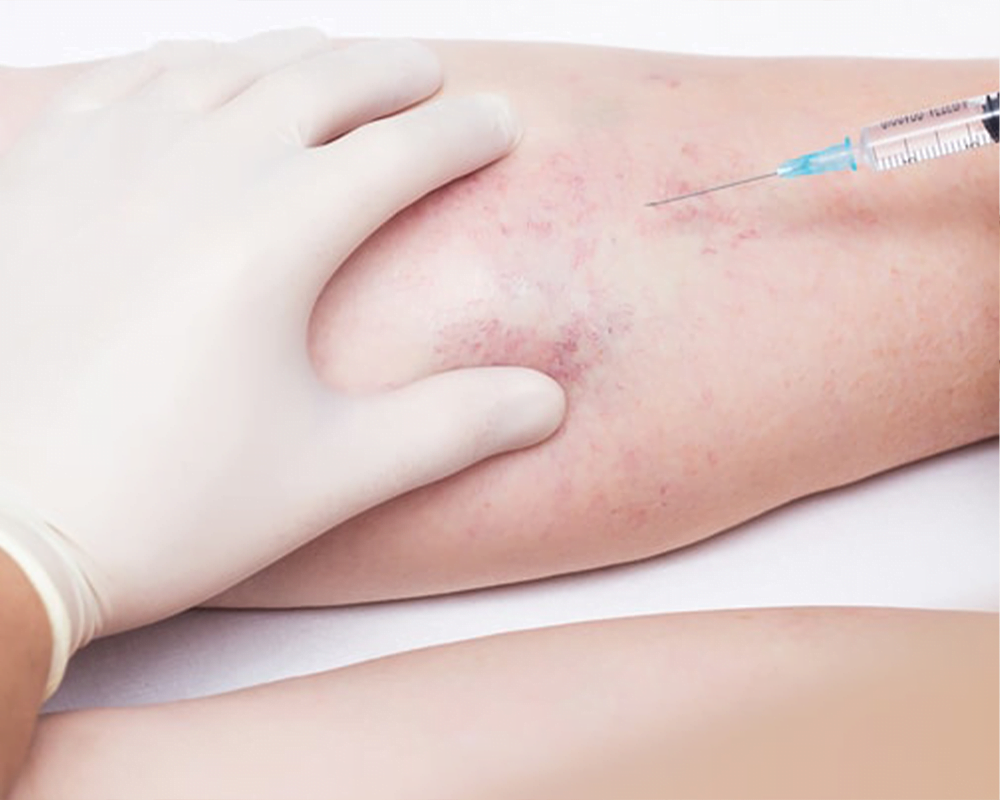The term ‘varicose‘ come from the Latin word ‘varix’ which means twisted. Varicose veins look like enlarged, twisting ropes under your skin. They can occur commonly in pregnancy so don’t be alarmed, especially in the third trimester when the foetus is at his/her largest. Pregnancy varicose veins typically affect the legs, ankles and external genital region.
What causes pregnancy associated varicose veins?
During pregnancy there are higher levels of progesterone, this relaxes bloods vessel walls & the vein wall valves. You also have increased blood volume in your body during pregnancy in addition to the pressure from baby on the pelvic blood vessels. This all contributes to increasing pressure on your lower limb veins. If you have a family history of varicose veins, or were significantly overweight before your pregnancy, this can place you in a higher risk category for pregnancy associated varicose veins.
Symptoms, advice on what to do and when to see help
Common symptoms include a heavy feeling in your legs, itchiness around the visible veins, leg cramps & swelling of the ankles and legs. These symptoms tend to intensify with prolonged standing or sitting.
The good news is that there are several simple steps that you can take to relieve your symptoms, or prevent them getting worse.
Its best to avoid standing or sitting for prolonged periods of time
You should avoid excessive salt in your diet
You should raise your feet when in a seated position
Sleeping on your left side to avoid compressing your inferior vena cava by your growing baby/uterus. The inferior vena cava is the main vein that receives blood from your legs and pelvis, bringing it back to your heart.
Lastly, wearing a supportive fitted compression stocking will help to prevent blood pooling in your legs. These can be fitted and bought at some local pharmacies & medical aid businesses.
You should seek medical help if there is bleeding from the vein, if you develop an open sore (ulcer) near a varicose vein or you develop pain, redness and swelling in your legs. This could be phlebitis (inflammation) of your varicose vein or more importantly, a deep venous thrombosis (clot)
The good news is that you may not experience any symptoms at all & the majority of women experience reduction, or disappearance of their pregnancy varicose veins, 3 months after baby is born. If you have persisting & bothersome veins post pregnancy, speak to your general practitioner about a referral to Dr Jill O’Donnell. Please also take a look at some of our other patient educational sections on varicose vein information and surgical options on our website.


